(ThyBlackMan.com) One of the joys of watching the Black Panther film was enjoying the many ways Afrodescendent women were portrayed. We were protective mamas, and Angela Bassett’s signature lip curl said it all. We were technology-driven pesky little sisters. We were Warrior Queens. We were intimate and affectionate lovers. And we were resplendently attired. A clothing junkie could just about die and go to heaven thinking of the ways that the Maasai tribe inspired uniforms, rocked by the shaved-headed sisters who were guards, could be translated into contemporary attire – a dress or a suit, perhaps?
The wardrobed perfection of the Wakanda warriors also reminded me, in the words of the late Dr. Dorothy Irene Height (1912-2010) that “it’s not what’s on your head, but what’s in your head”. Height, the longest serving leader of both Delta Sigma Theta Sorority Incorporated (as the tenth president from 1947-1956), was also the longest serving President of the National Council of Negro Women (1956-1997). When I think of her, especially in the context of Black Panther, I am reminded that clothing is sometimes part of a weapons arsenal, and that Black women don’t necessarily need spears to win wars.
Mary McLeod Bethune was Dr. Height’s predecessor at NCNW. Her image will be the first Black state image in the elusive 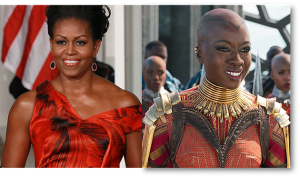 Statuary Hall. Mrs. Bethune was a warrior for Black people, and she was often humbly dressed. She didn’t need a spear, or a designer suit. She spoke to Presidents, especially to 32nd President Franklin Delano Roosevelt, about race matters, and because she had a relationship with Eleanor Roosevelt, she was heard. My favorite Mary McLeod Bethune story is one where she was walking into the White House when a guard greeted her by saying, “How are you, Auntie?”
Statuary Hall. Mrs. Bethune was a warrior for Black people, and she was often humbly dressed. She didn’t need a spear, or a designer suit. She spoke to Presidents, especially to 32nd President Franklin Delano Roosevelt, about race matters, and because she had a relationship with Eleanor Roosevelt, she was heard. My favorite Mary McLeod Bethune story is one where she was walking into the White House when a guard greeted her by saying, “How are you, Auntie?”
Her response, which should be entered into the “One Liners Hall Of Fame”, was “Which one of my brothers children are you?” In other words, Black women were not allowed the honorifics of “Mrs., Miss, or Ma’am”. That guard wanted to take Mrs. Bethune “home”, with the “Auntie” greeting, so connected to enslavement. Mary McLeod Bethune, founder of what is now Bethune Cookman University, did not blink before putting a racist in his place.
Now, she will stand in her place in Statuary Hall. Each state is allowed two statues of pivotal leaders in the Capitol’s Statuary Hall. Presently there are a dozen confederates, nine women, and not a single Black person in the Hall. In 2002, states were allowed to switch out their representatives, and Florida’s legislature agreed that Bethune was an important representative of the state, and that they were willing to switch a white man out for this Black woman. She will be the only Afrodescendent in Statuary Hall. Two more states are considering switch outs, so the count of women in Statuary Hall may grow. But no state seems to be considering switch outs in favor of Black luminaries.
There has been a bust of Dr. Martin Luther King, Jr. in the Capitol Rotunda since 1986. There is a statue of Frederick Douglas in Emancipation Hall at the Capitol Visitor’s Center. And there is a nine-foot statue of Rosa Parks in Statuary Hall, not as a representative of a state, but as an icon lifted up by President Obama. She isn’t sporting a spear, because she doesn’t need one. She is depicted wearing the same clothes she wore when she refused to move to the back of the bus, the clothing that many Black women wore in those days, conforming to the politics of respectability, wearing the garments of the nonthreatening middle class while engaging in acts of revolutionary resistance.
The ways that we, Black women, represent are important. We signal with our Afrocentric attire, with the kente draping our shoulders, with the Adinkra symbols that resonate in our jewelry. Black Panther reflects that and allows us to revel in the lushness (however distorted) of our African roots. Yet we must not forget the quiet revolutionaries who got as much done wearing hats and gloves (like Dr. Height) as other did with lifted fists and metaphoric spears. When we celebrate this Women’s History Month, we must celebrate those Black women who fought for us, no matter what they were wearing. Their resistance is the foundation for the work we must do moving forward.
Written By Julianne Malveaux
FB Page; http://facebook.com/julianne.malveaux
















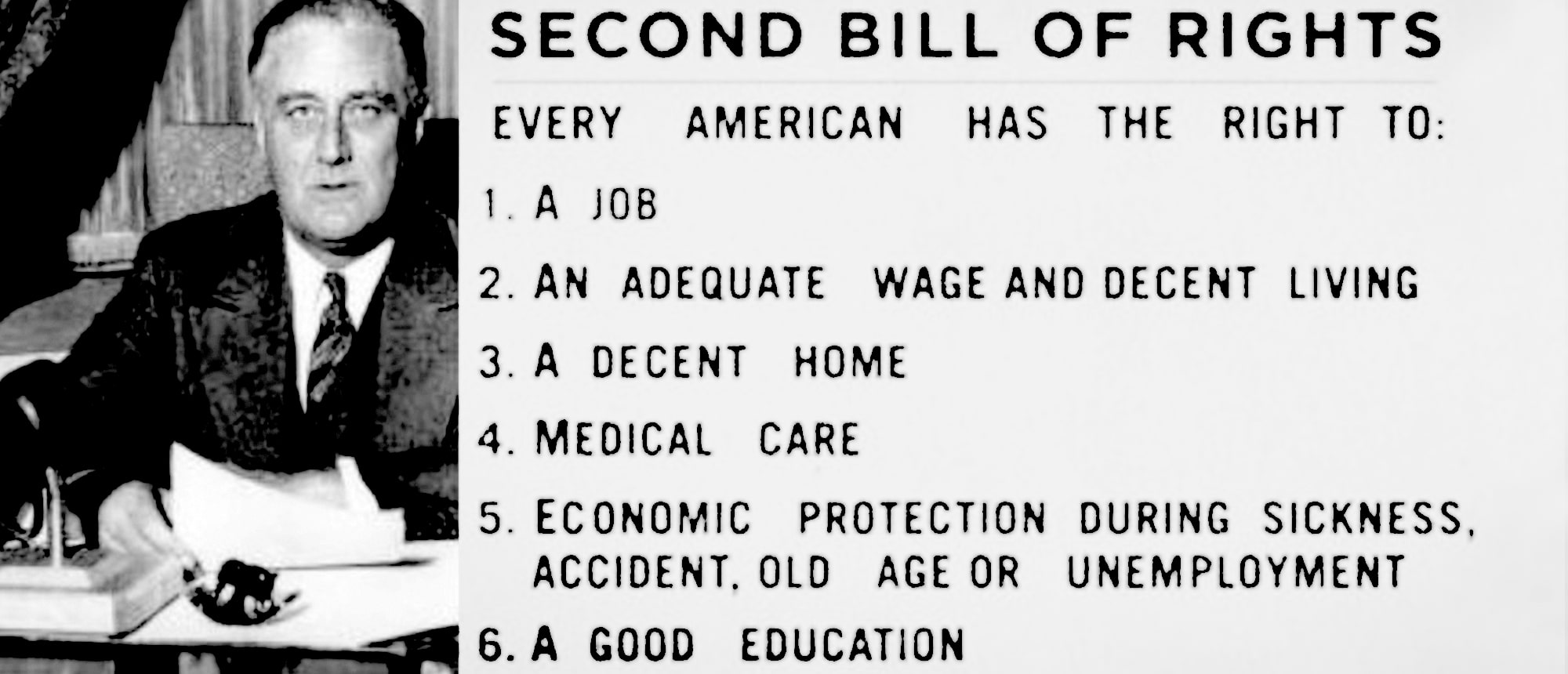
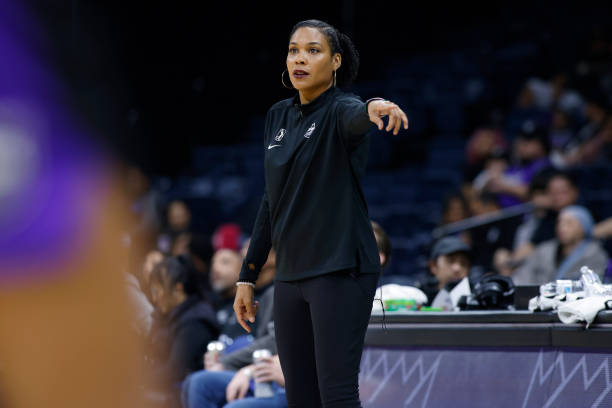
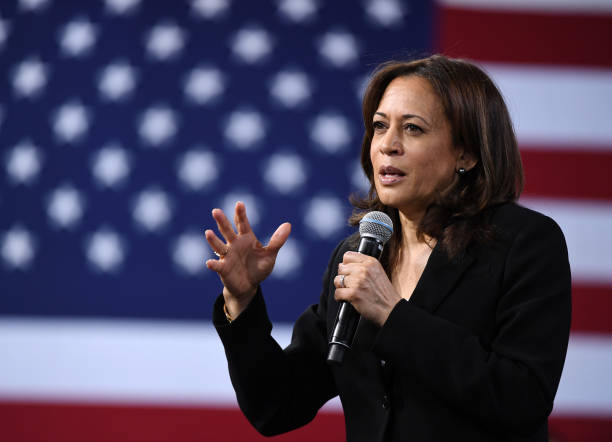
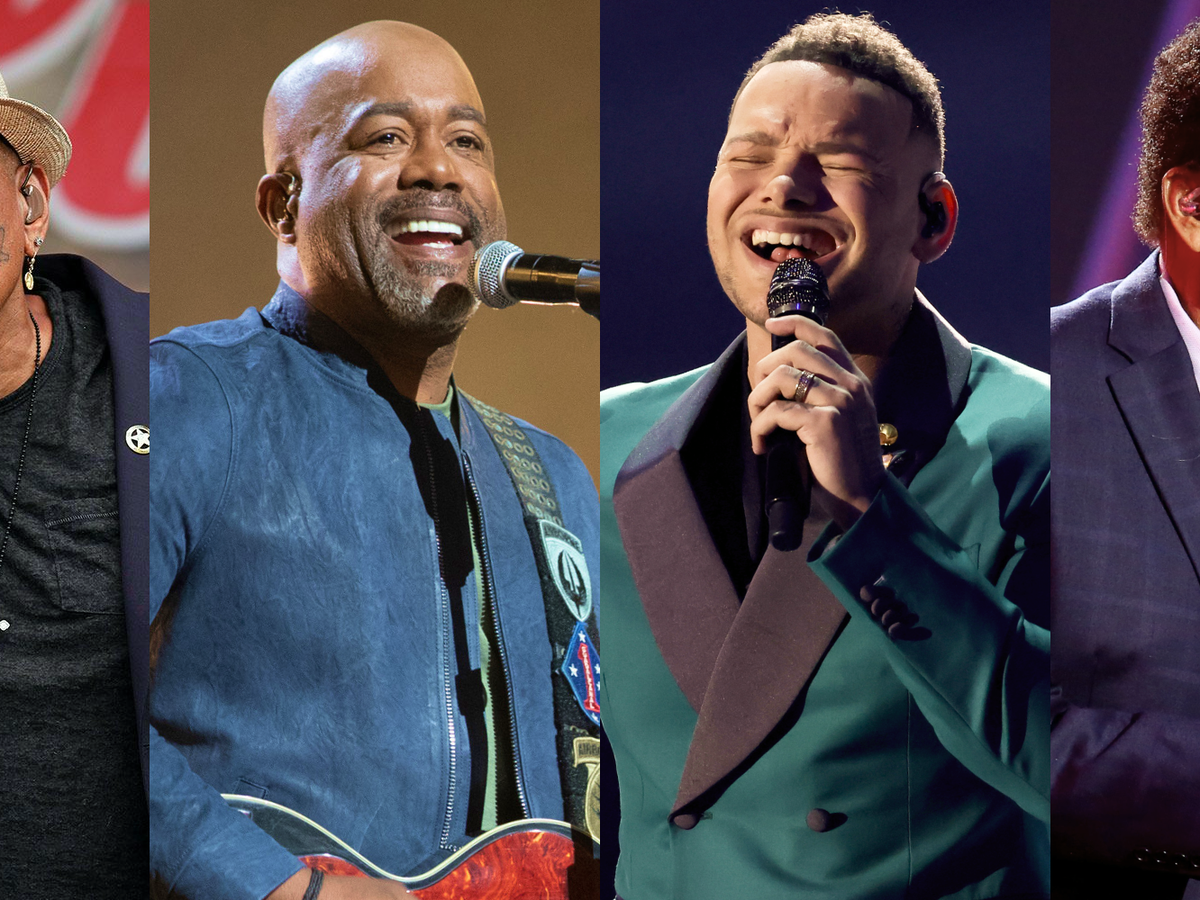
I would like to know who wrote this article.Interesting choice of words you said you can take Africa any day of the week. Africa is a continent of many nation’s.How do you propose to do that.Futhermore the continent is going thrpugh its own transformation with initiatives that includes globalization . They integrating all revolutions post agricultural industrialization information as well as e commerce to build stable government i dont think they time for those that are selfish in ways.